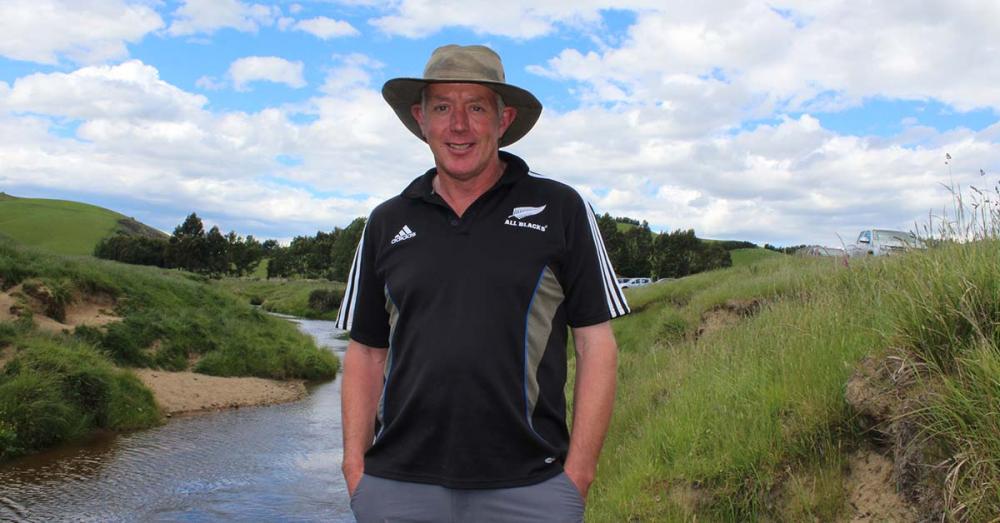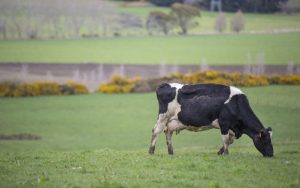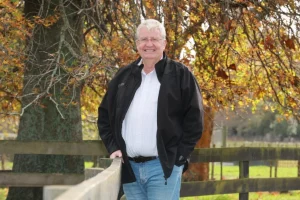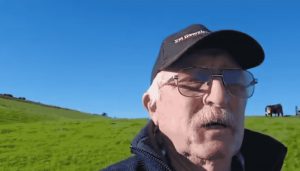
Organised by Beef + Lamb NZ (B+LNZ) and with the Otago Regional Council in attendance, many questions from farmers went unanswered due to the absence of interpretations and guidance from the Ministry for the Environment (MfE).
More than 100 farmers attended the meeting on Berkley Hill, a 1000ha farm owned by brothers Hamish and Ralph Brown at Waitahuna.
The Browns use direct drill instead of cultivation and had their winter crops sown by November 24, the earliest for many years.
But under the Government’s new rules, for the next four years Otago and Southland farmers must have winter crops resown by November 1, and thereafter by October 1.
Claims the resowing dates were unworkable were one of five issues raised by farmers at the meeting that could not be answered until there is MfE clarification.
The others were how to calculate the 10-degree slope for winter grazing, what species constitutes a fodder crop, the extent of feedlot rules and issues with the online slope maps.
Otago Regional Council regulatory manager Richard Saunders tried to answer the questions he could, but noted much about the legislation remains unknown.
He told farmers the council is working with Environment Southland and Horizons regional councils to develop an easy to use resource consent application form for intensive winter grazing.
Saunders says they hope to have it ready by next February, but existing use rights apply for farmers who are not altering their wintering practices meant they will not need resource consent for the coming season.
Otago has operated a permissive rules system, in which people can do as they like provided they do not breach limits, but Saunders says this means the impact of the freshwater changes will be greater here than any other province in New Zealand.
The council expects the number of resource consents it has to process to increase from less than 400 a year to 2000, and are in the process of recruiting more staff.
Once farm environment plans are mandatory, these will guide how farmers manage activities such as intensive winter grazing, replacing the just-released rules.
B+LNZ environment strategy manager Corina Jordan says the Government’s rules could have been even more oppressive had it not been for lobbying by primary sector bodies.
The original proposal would have grandparented land use and required fences set back five metres from waterways, but success in pushing for changes shows the importance of being involved in the process.
“If we’re not at the table, others certainly will be at the table,” Jordan said.
Jordan says the Government is being lobbied hard by farming groups and regional councils to make further changes, and there is consistency in the changes being sought.
“It seems we are mostly singing from the same hymn sheet,” she said.
Jordan says farming groups such as B+LNZ are urging the Government to use plans developed and written by industry.
“We’ve written it for them to show how it can be done,” she said.
But that does not mean the rules can be ignored, and urges farmers to understand them and use that knowledge to think of solutions.

























